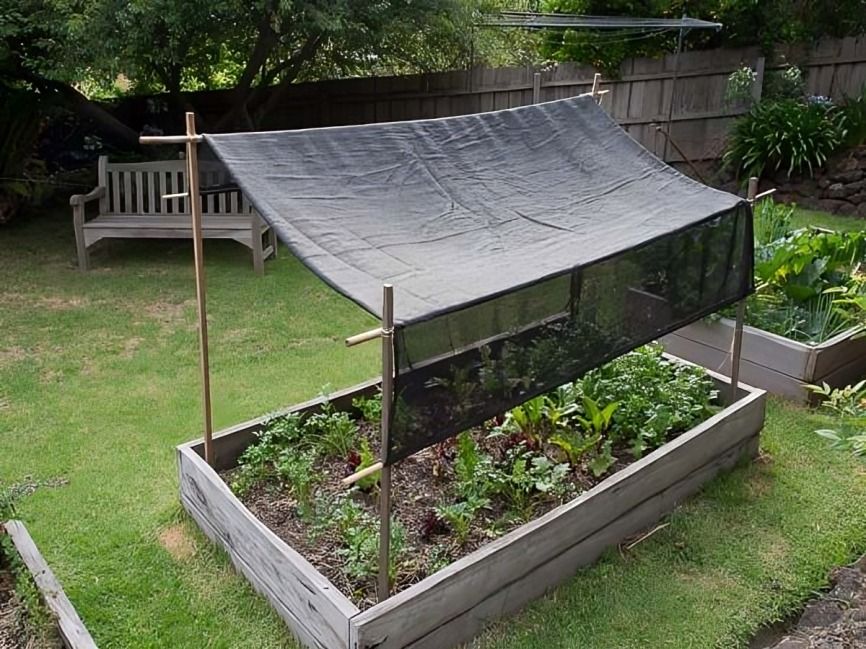
“
Sunlight plays a vital role in the health and growth of plants, serving as the primary source of energy for photosynthesis. Understanding how sunlight influences different aspects of plant care is essential for gardeners looking to cultivate thriving gardens and lush indoor greenery. This article explores twenty key facts about the importance of sunlight for plant care, providing valuable insights into optimising light exposure for healthier and more vibrant plants.1
1
”
Sunlight is crucial for plants as it provides the energy needed for photosynthesis, a process where plants convert light into chemical energy, allowing them to grow and produce their food. 1
The greatest depth at which plant life has been found is 269 m (882 ft) for algae found by Mark and Diane Littler (both USA) off San Salvador Island, Bahamas in October 1984. These maroon-coloured plants survived although 99.9995 percent of sunlight was filtered out. 2
Sunlight contains various wavelengths, with red and blue light being crucial for plant growth. Red light stimulates flowering and fruiting, while blue light is essential for healthy leaf development and photosynthesis. 3
Understanding the path of the sun helps gardeners place plants strategically for optimal exposure. East-facing areas receive gentle morning sun, ideal for plants that prefer cooler conditions, while west-facing spots get intense afternoon sun suitable for heat-loving plants. 4

During hot summers, intense sunlight can harm plants sensitive to excessive heat. Providing shade or using shade cloth helps protect these plants from sunburn and dehydration.
Plants benefit from morning sun as it helps dry dew, reducing the risk of fungal diseases like powdery mildew. Morning sunlight is gentler and less intense, making it ideal for plants that need a softer light touch. 5
Yuma, Arizona, USA is the sunniest place on Earth according to the World Meteorological Organization. It receives an average of 4,015 hours of sunshine per year1. May is the sunniest month there, with 312 hours of sunshine. 6
Plants can adapt to changing sunlight conditions by adjusting their leaf orientation and producing pigments like anthocyanins to protect against UV damage. This adaptation ensures they can thrive in their specific environment. 7
Plants that thrive in indirect sunlight, such as ferns and peace lilies, benefit from bright, filtered light. Placing them in windows with sheer curtains or under the canopy of trees provides the right balance of light without direct exposure. 8
Sunlight fuels photosynthesis, where plants convert carbon dioxide and water into glucose and oxygen. This process is essential for plant growth, providing the energy needed to build tissues and support metabolic functions. 9
Sunlight warms the soil, affecting its temperature, nutrient availability, and root growth. Plants in warmer soil environments often have accelerated growth rates and nutrient uptake. 10
Insufficient sunlight weakens plants, making them more susceptible to pests and diseases. Adequate sunlight strengthens plants' immune systems and overall vigor, promoting resilience against common garden threats. 11
Adequate sunlight duration and intensity are critical for triggering flowering in many plant species. Plants like roses and sunflowers require specific amounts of sunlight to produce abundant blooms during their flowering season. 12

Sunlight influences leaf coloration, triggering the production of pigments like chlorophyll and carotenoids. Plants exposed to brighter light often develop deeper, richer colors in their leaves.
Sunlight patterns vary with seasons, necessitating adjustments in plant care. Understanding these changes helps gardeners adapt watering, fertilisation, and pruning routines to suit seasonal sunlight availability. 13
Plants in sunny locations often experience higher evaporation rates, requiring more frequent watering to maintain soil moisture levels. Proper irrigation management ensures plants receive adequate hydration despite increased sun exposure. 14
Plants exposed to optimal sunlight grow faster and healthier compared to those in shaded areas. Adequate sunlight promotes robust growth, strong stems, and lush foliage, leading to overall plant vitality. 15
Sunlight enhances nutrient absorption through plant roots, facilitating the uptake of essential minerals from the soil. This nutrient assimilation supports healthy growth and development throughout the plant's life cycle. 16
Adequate sunlight promotes better air circulation around plants, reducing humidity levels and minimising the risk of fungal diseases. Good air circulation improves plant transpiration and overall respiratory health.17
Each plant species has unique sunlight requirements. Understanding these needs helps gardeners select suitable plants for different garden environments, ensuring their successful growth and development. 18


